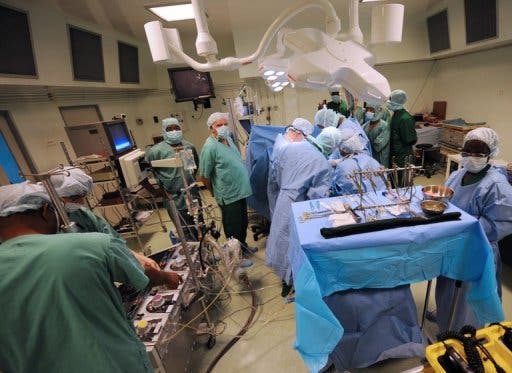Another breakthrough in biology and medicine was reported, as scientists were able, for the first time, to take skin cells from patients who had suffered heart failure and make them repair the cardiac muscle.
The technique had been tested only on rats and it seemed decades could pass until it would become suitable for humans, but in lack of anything better, doctors applied it, and it worked out remarkably fine, marking the beginning of a new era in the quest for replacement cells to treat tissue affected by disease, Israeli researchers declared.
The research relies on a technique called human-induced pluripotent stem cells, or hiPSCs, a recently-discovered source which can be a good replacement for the much more controversial stem cells technique. Basically what you do is take cells from the patient and inject new genes into their nucleus, along with a ‘chemical cocktail’. Basically, these new elements reprogram the cells to their youthful stage, and teach them to do other things as well. The major advantage here is that if the body sees its own cells, it will recognize them as friendly cells and the immune system will not attack.
The bad thing is that so far, studies have only shown hiPSCs from younger (under 60 years) and healthy people who are able to adapt to this new situation and transform their cells. So far, this doesn’t seem to work out for elderly and diseased patients. But scientists are confident in this technique, and believe it can be used in many more exciting cases.
“What is new and exciting about our research is that we have shown that it’s possible to take skin cells from an elderly patient with advanced heart failure and end up with his own beating cells in a laboratory dish that are healthy and young,” said Lior Gepstein, a professor of cardiology at the Technion-Israel Institute of Technology and Rambam Medical Center in Haifa, Israel.
Basically, it is the equivalent to the stage of his heart cells when he was just born.










